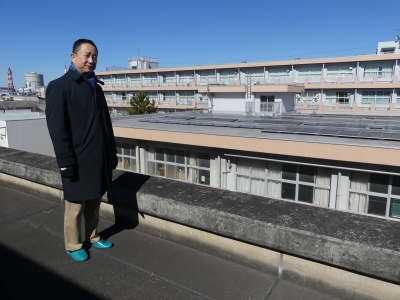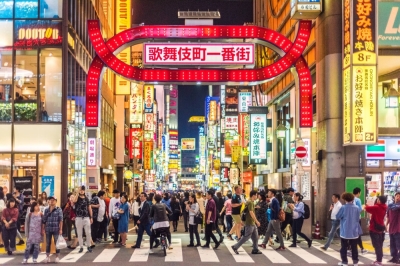The often-proclaimed winners of the first trade war have their work cut out. Southeast Asian economies, usually portrayed as beneficiaries of fraying ties between China and the U.S., have a challenging outlook. The region will have solid performers, if anybody can truly emerge from commercial conflict in reasonable standing, and its share of also-rans. One thing seems depressingly clear: Faith in the relatively unfettered flow of exchange of goods and services has been dealt a heavy blow.
Donald Trump’s latest salvos are broader and more sweeping, targeting Mexico and Canada. But the health of the relationship between the U.S. and China has been viewed within Asia as an important gauge of America's appetite for sprawling supply chains — and where they are best located. The signs aren’t auspicious: The 10% hike in levies on imports from China alone is the biggest single increase under Trump, according to Nomura. Overall, the effective average tariff moved up "modestly” to 2.8% in 2020 from 1.5% in 2016, the firm's economists said in a note recently.
How successfully Southeast Asia can weather the storm Trump has unleashed will help determine whether it can sustain the dramatic rise in living standards in the past few decades. The White House agreed earlier this month to pause tariffs on Mexico and Canada for a month, though the new administration shows an inclination to resort to such charges for anything it sees as a transgression or detrimental to U.S. interests. That's a sobering prospect for a region that depends on foreign investment and exports. For example, would Malaysia be hit in the event American cargo jets were denied landing rights, or a state government held up approval for a data center operated by a West Coast tech behemoth?

















With your current subscription plan you can comment on stories. However, before writing your first comment, please create a display name in the Profile section of your subscriber account page.